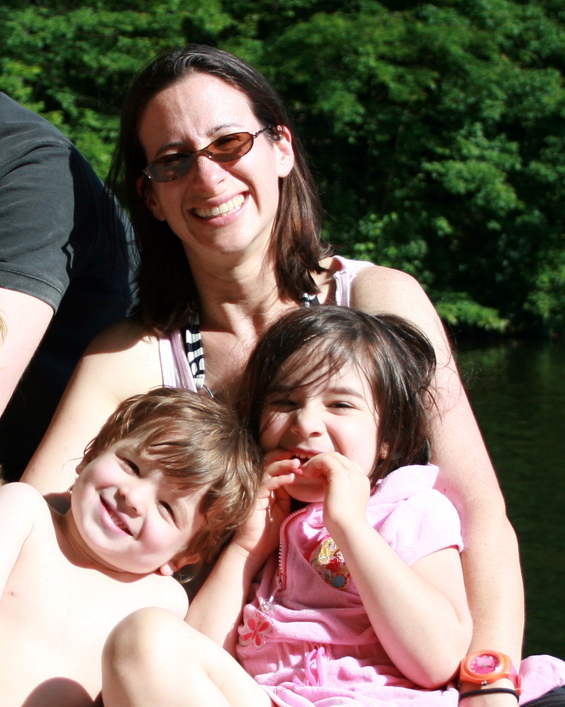“Hurry up! Eat your lunch so we aren’t late for David’s birthday party!” This and similar comments have been heard in my house (OK, yes, from my mouth) quite regularly. I recently read an article posted all over Facebook about how we rush our children around and miss the chance to appreciate the world around us. I am certainly guilty of missing opportunities to appreciate the moments of wonder around us. When we are sitting at the kitchen table and my daughter notices a cardinal that has stopped to eat from our bird feeder, I feel blessed to have my eyes opened to these moments.

I am lucky enough to be part of a temple learning community that sees the value of inquiry. In an exciting move, Temple Beth Shalom is implementing a kindergarten enrichment program that uses scientific inquiry as its main mode of learning. The connection between science and Judaism may not be an obvious one, but it is a natural one. The kindergarten enrichment program will seamlessly connect the science inquiry to Judaism. Hit’orerut (awakening) is a Jewish concept that can be cultivated through science discovery. From Torah study, to Jewish time and seasons, to nature, to the properties of water, the children’s interest will guide the learning as they plan investigations together. I was further excited to hear that the children will be chronicling their learning by creating science journals. And since Jewish values, prayers, blessings, Hebrew learning and Jewish holidays will be embedded in the everyday curriculum as well, they will also be creating Jewish holiday family celebration books to share with their families.
It is awe-inspiring to think about how, with a scientific lens, these children will develop the dispositions necessary to engage joyfully in lifelong learning. And what better way to encourage a love of science than with inquiry-based experiments? They don’t have to be complicated, and you can experiment right at home! The summer is a perfect time to go outside and experiment with bubbles, for example. Get out the bubble solution and some items you can find around your home: a straw, wire coat hanger, cookie cutter or string tied in a loop. Talk to your kids about which objects they think will work for blowing bubbles. Try dipping them into the solution and use them to blow bubbles. Which ones worked? What shape bubble can they make? Are bubbles always the same shape? Does the bubble look different if they use different-shaped bubble wands or objects? Can they find any other objects in the house that they can use to blow bubbles?
What are the moments of hit’orerut (awakening) where you experience amazement?
Michele Markley is the chair of the Children’s Center Learning Committee and parent of two young children at Temple Beth Shalom in Needham.
This post has been contributed by a third party. The opinions, facts and any media content are presented solely by the author, and JewishBoston assumes no responsibility for them. Want to add your voice to the conversation? Publish your own post here. MORE
